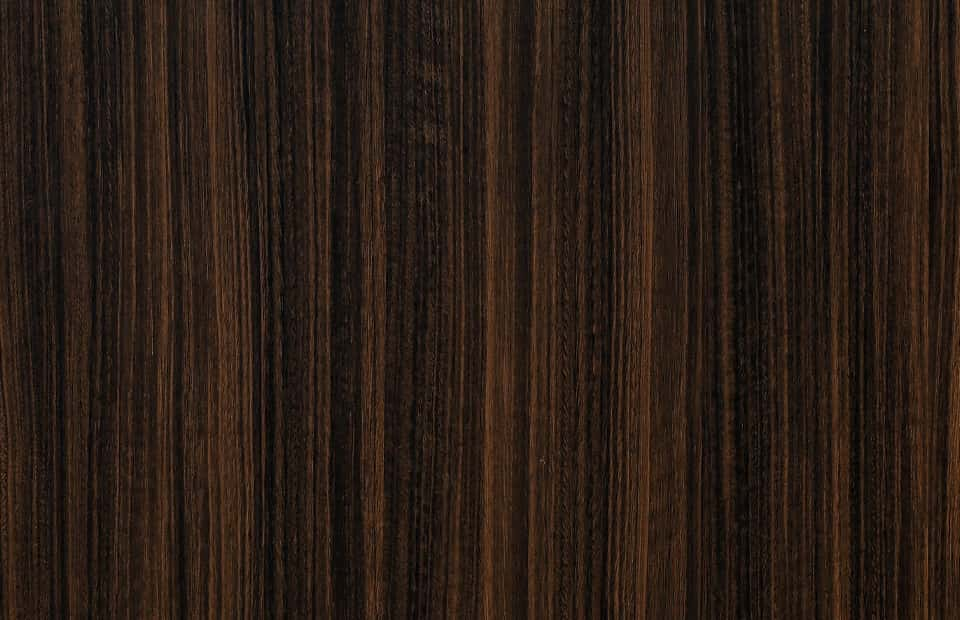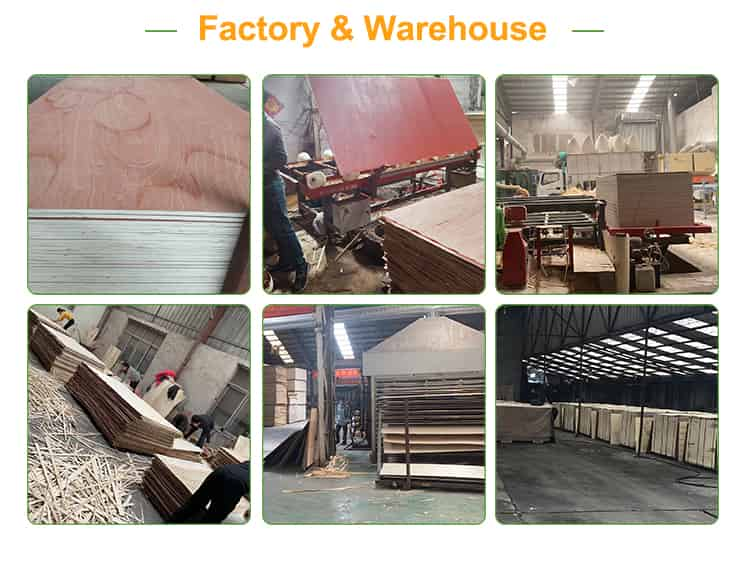When it comes to construction, carpentry, and furniture-making, selecting the appropriate material is crucial. Among the many available options, plywood stands as a popular choice, known for its strength, versatility, and cost-effectiveness. For those looking to purchase plywood, understanding the standard size of a sheet can significantly influence their projects. The most common plywood size is the veneer 8X4 sheets, which are also available in variations such as 8X4 plywood, 8X4 MDF board, and 8X4 furniture board. Each type caters to specific requirements while maintaining the standard measurements.
In the world of plywood, the term “normal size” often refers to panels that measure approximately 48 inches by 96 inches. This size is practical for various applications, from building structural components to crafting home furnishings. The widespread use of this particular dimension allows manufacturers to meet market demands efficiently while enabling retailers to stock a product that serves a broad range of needs.
Different types of 8X4 sheets include plywood, Medium Density Fiberboard (MDF), and furniture board, all of which come in the standard measurement. These materials differ in composition and properties but share similar dimensions, making them interchangeable for certain projects. For instance, an 8X4 plywood sheet offers flexibility and durability, ideal for construction purposes. Meanwhile, an 8X4 MDF board provides a smooth finish suitable for painting or laminating, making it perfect for furniture and decor. Similarly, an 8X4 furniture board is specifically treated to resist moisture and wear, making it a smart option for outdoor or high-moisture environments.
The consistency in size across these boards ensures that consumers and professionals alike can plan their projects with confidence, knowing that the material they select will fit their design specifications. Moreover, this standardization means that tools, fasteners, and accessories designed for one type of board can often be used interchangeably with others of the same size, streamlining the installation process and minimizing waste.
It’s essential for buyers to confirm the specific qualities they need from their materials before purchasing. While the physical dimensions may remain constant across different types of boards, each material’s performance can vary significantly depending on its intended application. For example, using an 8X4 MDF board for an outdoor project could lead to damage, as MDF is not inherently resistant to moisture. Similarly, a furniture board might be overkill for a simple shelving unit where cheaper alternatives would suffice.
In conclusion, the normal size of 8X4 sheets, encompassing plywood, MDF board, and furniture board, offers convenience and versatility across various domains. By understanding the characteristics of each type of board, along with their consistent measurements, consumers and professionals can make informed choices that align with their project requirements and budget constraints. This knowledge enables them to maximize efficiency, minimize errors, and achieve successful outcomes regardless of the complexity of their endeavors.

